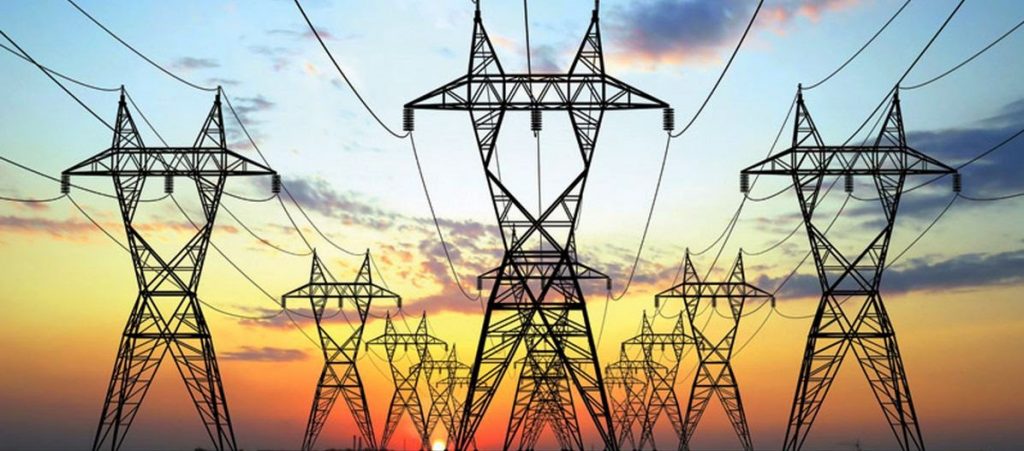Meeting the carbon budgets proposed by the Climate Commission requires a fit-for-purpose electricity system and market able to cope with the heavy lifting required for rapid electrification and uptake of renewable, distributed energy resources (DER).
What we have now is not fit-for-purpose and will struggle to bear the load (yes, that’s a pun for all our electrical engineer friends out there!). Current electricity market settings reflect how we have used electricity and energy; not how we are and will.
The Climate Commission calls for a clear government-level energy strategy by June 2023 to show how to meet the proposed carbon budgets. Taking this long to have a plan to develop a fit-for purpose electricity system and market creates a real risk that changes to regulatory settings will not occur in time, putting the brakes on electrification, slowing uptake of DER, and making it harder (and more expensive) to meet carbon reduction targets.
A critical part of the energy strategy is to ensure transmission and distribution networks can support delivery of the proposed carbon targets by connecting all the new renewable generation and powering the increasing number of electric vehicles and newly electrified commercial processes.
Networks are critical to achieving the proposed carbon targets
The essential role of electricity networks is recognised by Transpower in its recently released Electrification Roadmap. It said, “Transpower and distribution lines companies must directly support and enable rapid electrification. If one part of the supply chain is not prepared with either the equipment, expertise or planning, the electrification of our economy will stumble at the start.”
But the everyday implications for the transmission and distribution networks of the carbon budgets are not yet clear. Nor is it clear that current regulatory settings help to avoid that stumble.
Some insight is available from the Climate Commission analysis. A recent Stuff article noted the Climate Commission’s proposals require building 13 ‘large’ wind-farms in the next 15 years. Network businesses will also be asking themselves ‘How many electric vehicles will be charging on my network? How much solar PV will connect? Where? When?
These questions will require multiple billions of dollars to answer as networks invest to deal with the electrification challenge.
Network businesses operate infrastructure with decades long lifespans and so have a decades long planning horizon. Making sure the planning and operating practices evolve to accommodate rapid electrification and uptake of DER will not be simple and will require a long lead in time.
There are plenty of opportunities for a stumble
A lot rests on the Commerce Commission review of input methodologies due before end-2023 resulting in rules which ensure Transpower and distributors can meet the electrification challenge. Even if the new rules do provide sufficient incentives for Transpower and distributors to evolve their asset management practices, not much would change until after April 2025. (Sidenote: the current price-quality path rules do not provide networks with sufficient incentive to experiment and invest to meet the electrification challenge; there is a real risk we are saving cents now but will pay dollars later.)
But the Climate Commission’s draft advice flags network upgrades from 2025 to 2030. The implication is consumers will pay for major network investments to manage accelerated electrification worth billions of dollars based on old ways of doing things which ignore more flexible alternatives that are potentially much cheaper over the longer term.

Some questions
How confident can we be that the Commerce Commission will set appropriate rules in time for the 2025 reset? How confident can we be that market settings will change in time to realise the long-term value of DER? How confident can we be that distributors will adapt operating and investment practices in time? Realistically the changes to asset management could take 2-3 years or more from when they are required. Will that be too late resulting in a preference for higher cost (over the long term) traditional solutions?
System and market settings need to change to achieve the proposed carbon targets at least cost. There is a real risk that the cost of meeting the carbon budgets will be higher than necessary because decision makers dawdled and were too late starting the process for evolving our electricity system and market.
****
This is the first of a series of collaborative articles put together by Aotearoa New Zealand electricity industry innovators, Cortexo and Our Energy, supported by Craig Evans of CTQ Advisors.
Our aim is to ask the questions not being asked. And share our view of the answers to these hard questions.
Get in touch with your hard questions and your view of the answers. We want to build the community of people, businesses and organisations wanting greater urgency in how the electricity sector responds to the climate emergency. The status quo simply does not cut it. And given current priorities, it’s very difficult to be confident the electricity sector will deliver the openness, flexibility, equity and drastically lower emissions at anywhere near the speed that is required to meet our carbon budgets in a cost-effective way.
In the second article of our series, we ask: Where is the conversation on evolving the electricity system and market to support a low emissions economy? Stay tuned!


